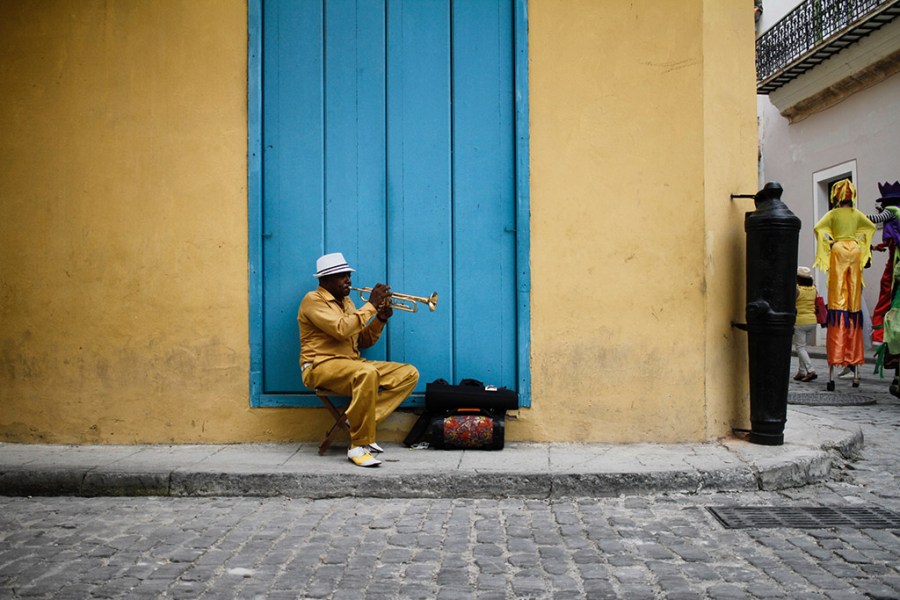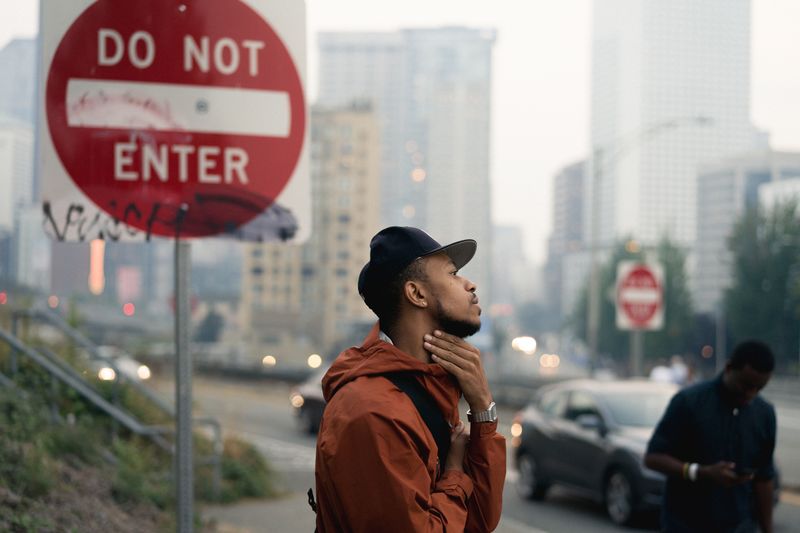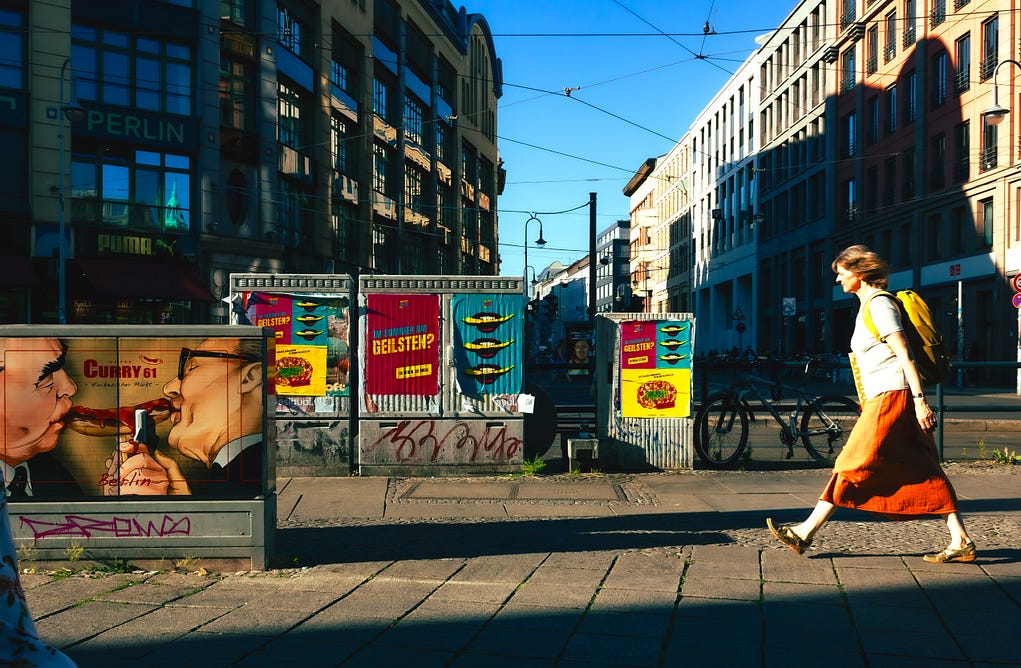Street Photographers - Questions
Street Photographers - Questions
Blog Article
9 Simple Techniques For Street Photographers
Table of ContentsAll about Street PhotographersA Biased View of Street PhotographersThe 8-Minute Rule for Street PhotographersThe smart Trick of Street Photographers That Nobody is DiscussingMore About Street Photographers
, a genre of digital photography that records everyday life in a public location. The very publicness of the setup enables the photographer to take honest images of unfamiliar people, commonly without their knowledge. Road digital photographers do not necessarily have a social purpose in mind, but they favor to isolate and record moments which could otherwise go undetected.He was influenced by many of those who affected the road digital photographers of the 1950s and '60s, he was not mainly interested in capturing the spirit of the road., that functioned side by side with digital photographers attempting to capture the essence of metropolitan life.
Due to the comparatively primitive technology offered to him and the long exposure time needed, he had a hard time to capture the pressure of the Paris roads. He trying out a series of photographic techniques, trying to discover one that would certainly enable him to catch motion without a blur, and he discovered some success with the calotype, patented in 1841 by William Henry Fox Talbot. As opposed to Atget, digital photographer Charles Marville was worked with by the city of Paris to develop an encyclopaedic record of Haussmann's city preparation task as it unravelled, therefore old and new Paris. While the professional photographers' subject was essentially the same, the outcomes were markedly various, showing the impact of the photographer's intent on the personality of the photos he created.
An Unbiased View of Street Photographers
Given the fine top quality of his photographs and the breadth of material, architects and musicians typically bought Atget's prints to utilize as referral for their very own job, though business passions were barely his main inspiration. Instead, he was driven to picture every last residue of the Paris he loved.

Unlike his peers, Brassa utilized a larger-format Voigtlnder cam with a much longer exposure time, forcing him to be much more computed and thoughtful in his method than he may have been if making use of a Leica. (It is believed that he might not have actually had the ability to see post manage a Leica at that time, yet he did, however, utilize one in the late 1950s to take colour pictures.) Brassa's photos of the Paris underworld lit up by synthetic light were a discovery, and the collection of the series that he published, (1933 ), was a major success.

Some Known Details About Street Photographers
It is because of this basic understanding of the art of picture taking that he is often credited with discovering the medium around once more roughly a century since its creation. He took photographs for even more than a half century and influenced generations of photographers to trust their eye and instinct in the minute.
These are the concerns I shall try to respond to: And afterwards I'll leave you with my very own meaning of street photography. Yes, we do. Let's kick off with defining what a meaning is: According to it is: "The act of specifying, or of making something certain, unique, or clear".
No, absolutely not. The term is both limiting and misinforming. Seems like a road photography need to be images of a roads best?! And all road photographers, other than for a small number of absolute newbies, will fully value that a road is not the essential element to street digital photography, and really if it's an image of web a street with possibly a few monotonous people not doing anything of interest, that's not street digital photography that's a picture of a road.
The smart Trick of Street Photographers That Nobody is Discussing
He makes a valid factor don't you assume? While I concur with him I'm not sure "honest public digital photography" will capture on (although I do kind of like the term "honest digital photography") because "road digital photography" has been around for a long time, with lots of masters' names attached to it, so I believe the term is below to stay. Street Photographers.
You can fire at the beach, at a festival, in a street, in a park, in a piazza, in a coffee shop, at a museum or art gallery, in a metro station, at an occasion, on a bridge, under a bridge ...
The Main Principles Of Street Photographers
Yes, I'm afraid we worried no choice! Without rules we can not have a definition, and without a meaning we don't have a category, and without a category we do not have anything to define what we do, and so we are stuck in a "guidelines interpretation genre" loop! - Street Photographers

Report this page